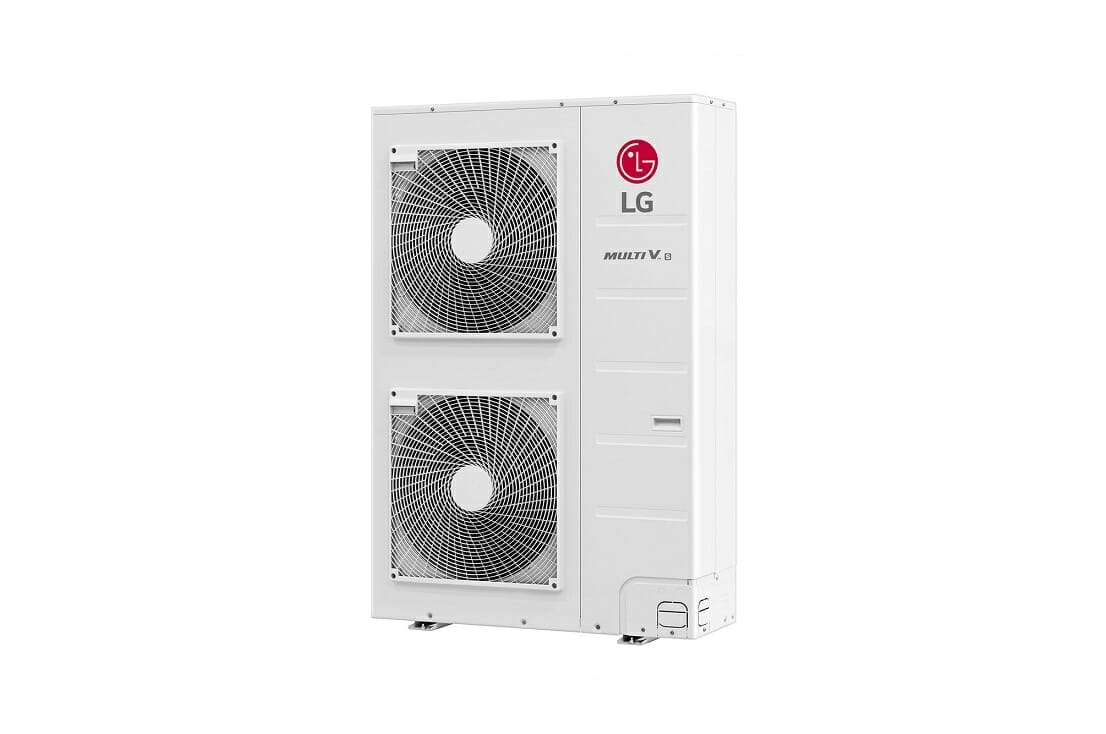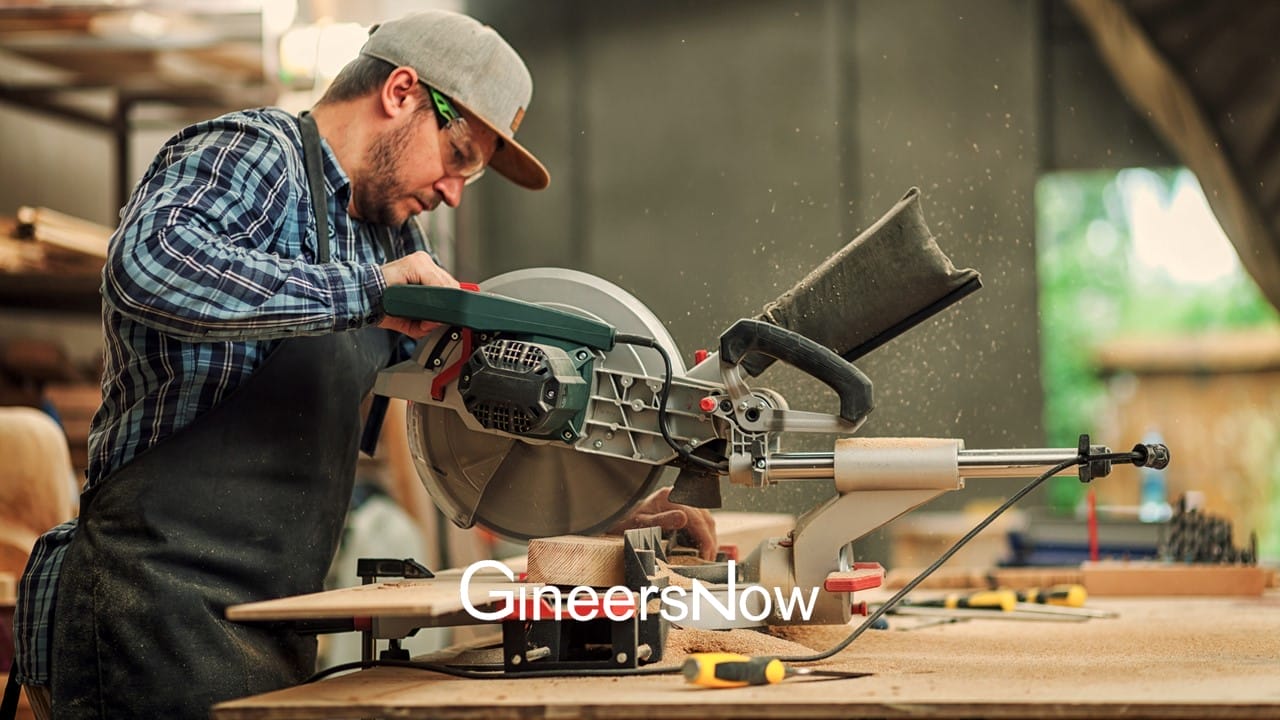Tools for HVAC Engineers
Products and systems used across industries undergo design, development, maintenance, and repair. Along the process, engineers and technicians use a wide variety of tools, which does not only make the work easier and faster, but also allows the product or system to be in its best condition.
Engineers and technicians in the heating, ventilation, and air conditioning (HVAC) industry have their share in using different kinds of tools. Listed below are the most commonly used tools in the HVAC industry:
Battery-Powered Drill

One of the most important tools in this list is the cordless drill driver because of its versatility.
In the absence of a power outlet, it is preferred that the drill is powered by batteries for convenience.
There are several uses for a battery-powered or cordless drill. But for HVAC products and systems, its application ranges from replacing the screwdriver, piloting holes before inserting the screw, to acting as a saw for cutting out holes.
Electrical Tester
Some would argue that there is nothing in HVAC that involves electricity. But this is definitely wrong, as many products and systems in HVAC work around live electrical power.
That is why a multimeter should always be present in the toolbox of HVAC technicians to check electrical current in the products and systems they deal with.
Reciprocating Saw
This is a type of saw in which the cutting action is accomplished through a push and pull reciprocating motion of the blade.
A reciprocating saw or sawzall is essential in HVAC because it saws just about anything depending on the blade put into it.
Tape Measure

Taking measurements are basic in any product or system for HVAC.
For this, engineers and technicians in the industry are bound to keep a tape measure which should at least be 25 feet long.
This is paired with a permanent marker for marking measurements.
Screw Drivers and Nut Drivers

HVAC technicians have screw drivers and nut drivers in their toolbox for turning screws with slotted heads and tightening nuts and bolts, respectively.
It should be ready in the toolbox in different sizes and types, and recommended to have insulated handles to ensure safety from electrical shock.
Caulking Gun
A caulking gun is a tool that holds a tube or cartridge that is filled with material used for sealing up gaps and cracks.
Dripless caulking guns work best to avoid a mess on the site.
Snips

For straight cutting sheet metal or even insulation sheets, snips or shears are used.
Also called aviators, they are forged to stay sharp for a long time. There are different types of snips which depends on the cutting direction.
Hand Seamer
Hand seamers are used to bend or seam metal, straighten or hem edges, fabricate custom trim, create or modify flashings of any type.
There is a lot of metal sheet work in HVAC jobs so this tool is essential.
Tubing Cutter
Typically used in cutting the copper lines used in air conditioning systems, a tubing cutter is adjustable to fit various diameters of tubing or piping.
They have a large grip knob for comfort during use.
Refrigeration Gauges
Refrigeration gauges are used to read the pressure of various liquids and gases in a cooling system, as well as vacuum pressure when testing or charging the device.
It functions as a diagnosis and service tool.
In Summary
This list only provides ten essential tools in an HVAC technician’s toolbox. There are other equally important tools not mentioned.
While the technicians are commonly using these tools and always have them prepared in their toolbox, it is also critical for HVAC engineers to have ample knowledge on the use of tools because of their importance in the application of HVAC products and systems. To know the tools and their functions as used in HVAC means a deeper understanding of the products and systems.

On the part of the HVAC technicians, it’s not enough to use just any brand of these tools, but those that are proven to have high quality. It’s an investment for HVAC technicians to have durable and long-lasting tools, as buying cheap, easily breakable ones might just bring inconvenience on the job.












